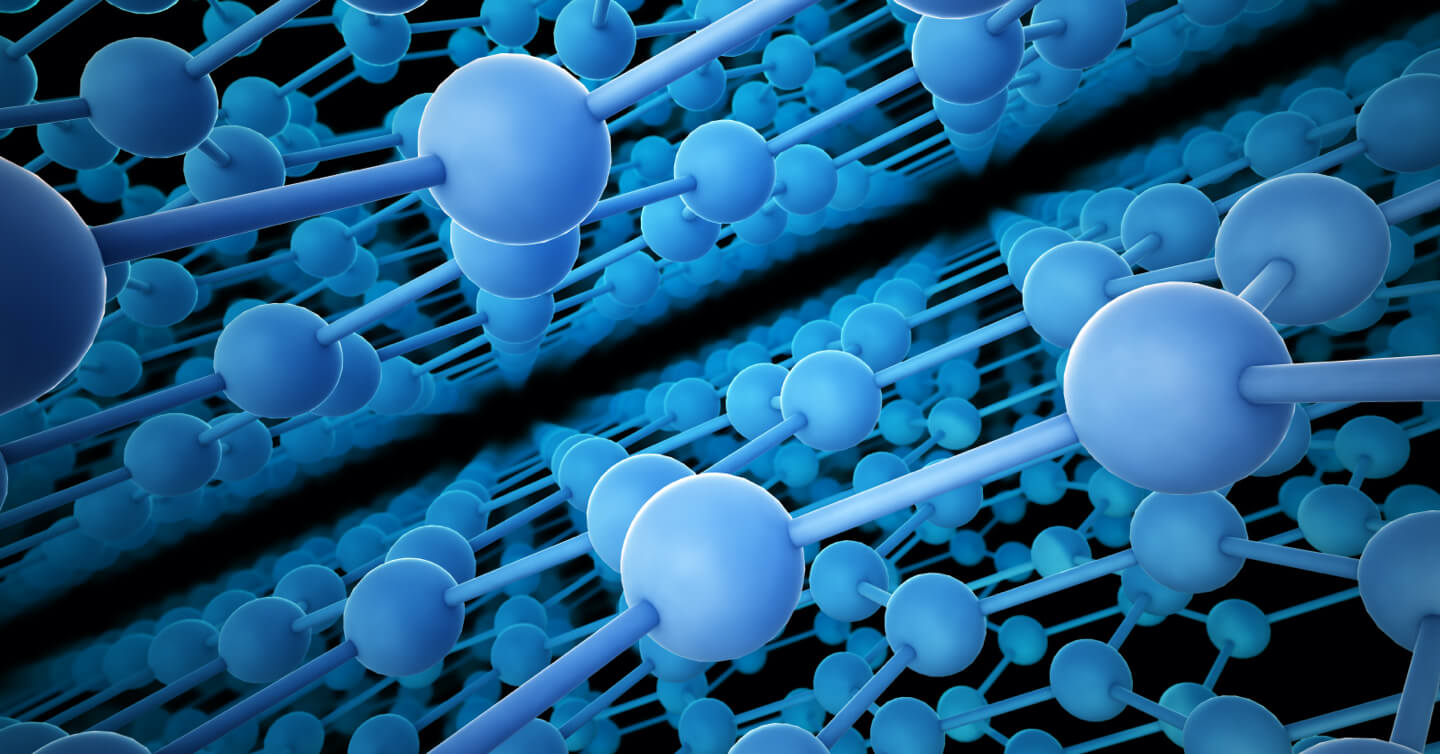Yanan Wu
Detecting superoxide with electrochemical biosensors.
Email: y.wu41@ncl.ac.uk
Project title
Development of electrochemical biosensors used for superoxide detection
Supervisors
Project description
An ageing population is a worldwide issue. Ageing diseases are increasing rapidly. The incidence of these diseases is mostly caused by the concentration of reactive oxygen species in the human body. This is especially true of superoxide.
As an analytical device, the biosensor is one of the most common ways to detect superoxide. But existing biosensors are not easy to operate. They are also lacking in high sensitivity and quick response.
This project will develop a biosensor to fit in a hand-held device. It will provide quick and accurate results.
Due to the instability of superoxide, we used the enzymatic reaction of xanthine and oxygen.
For the simple fabrication, I established the biosensor based on the oxidation reaction. This method detects the oxidation signal of hydrogen peroxide (H2O2) produced by enzymatic reaction catalysed by superoxide dismutase (SOD) at a fixed potential. The enzyme is immobilised on the working electrode layer-by-layer.
To avoid interference, I fabricated a biosensor based on the reduction reaction of H2O2 catalysed by horseradish peroxidase (HRP). I immobilised the HRP on the biosensor based on the EDC-NHS mechanism.
I generated the calibration curve of the biosensor based on the oxidation and reduction reactions. I then compared the sensitivity, limit of detection and effects of interferences.
Qualifications
PhD in Chemical Engineering, Newcastle University
